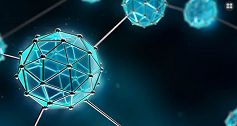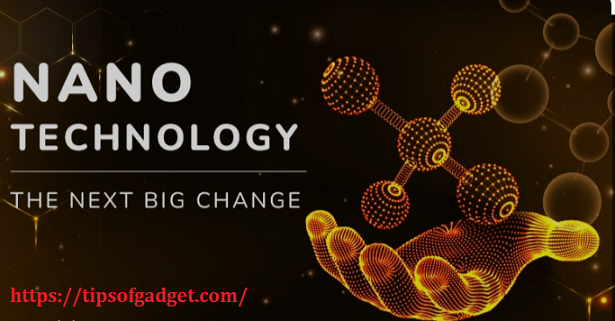Nanotechnology: In the 21st century, nanotechnology has brought about a revolutionary change across the world. This technology refers to the manipulation of materials at the atomic or molecular scale to create microscopic devices. The term “nano” is derived from the Greek word nanos, meaning “dwarf” or “miniature.” American physicist Richard Feynman first introduced the concept of nanotechnology in a lecture titled There’s Plenty of Room at the Bottom, delivered at the California Institute of Technology on December 29, 1959. For this reason, he is regarded as the father of nanotechnology.
Numerically, a nanometer is one billionth of a meter, roughly one 40,000th the diameter of a human hair. In fact, just ten hydrogen atoms lined up in a row would be equivalent to a single nanometer in length—far too small to be seen with the naked eye.
While devices made using this technology are incredibly small, their performance and capacity are significantly higher. This precision has made it a focal point of scientific research. One potential game-changer is its application in medicine, particularly in surgeries like open-heart procedures. Traditionally, surgery or stents are required to treat blocked arteries, but with nanotechnology, nanoparticles can be injected directly into the artery to clear blockages, all controlled externally via biosensors. Medicines created through nanotechnology are often referred to as smart drugs. Surgeons are also utilizing nano-fibers in operations, which streamline the process and reduce post-operative complications. For patients requiring prosthetics, nanotechnology plays a crucial role in developing artificial organs.

Research is ongoing into its application in cancer treatment, aiming to target only cancer cells while leaving healthy tissue intact, thus reducing the side effects of treatments like chemotherapy. Nanotechnology is also advancing gene sequencing, tissue growth, and organ transplantation techniques. In agriculture, it has the potential to significantly increase the yield of food grains, while also playing an essential role in purifying polluted air and water.
It is transforming water treatment methods, allowing for low-cost purification of industrial wastewater, including toxic effluents from industries like tanneries. The use of nano-enhanced sensors and solutions helps detect harmful chemicals in the air and soil. Nano-filters are also being employed in water purification, removing heavy metals such as mercury. For desalinating seawater, thin membrane filters rich in molybdenum disulfide have proven effective. Even in cosmetics, It has found a place, with zinc oxide nanoparticles helping prevent skin cancer by improving the efficacy of sunscreens and anti-aging creams.

Nanotechnology has penetrated the textile industry as well, helping to maintain the weight and density of fabrics. Nano-sensors can detect chemicals and gases in food, while nanomaterials improve the quality of food packaging by protecting it from external threats such as ultraviolet radiation. The energy sector, too, stands to benefit from nanotechnology, which is being used in solar cell production, fuel cells, and alternative fuel generation from hydrogen ions. Nanotechnology can also aid in environmental cleanup, removing heavy metals and harmful chemicals like cyanides.
One of the most exciting developments in nanotechnology is the creation of nanorobots, which have the potential for both military applications and medical interventions, including performing surgeries inside the human body.
In the electronics field, This technology is making devices smaller and more efficient. For instance, using nano solar cells in mobile phones or computers could reduce their size significantly, while magnetic RAM allows computers to boot instantly, a process that previously took minutes. Carbon nanotubes are being used to reduce the resistance in electrical wires, making the power grid more efficient by minimizing electricity loss. Nanoscale cameras are being developed, capable of capturing images invisible to the naked eye. Also enhancing building safety by enabling continuous structural monitoring through nanosensors.
In the automotive industry, This is making vehicles lighter, stronger, and more efficient. Lane position sensors prevent accidents, while thermoelectric materials help control vehicle temperatures. Lightweight polymer nanocomposites are making vehicle structures lighter without compromising strength. This is even contributing to the development of advanced batteries, which charge faster, are lighter, and retain their charge for longer periods. Space exploration has also benefited, with lightweight spacecraft being designed using this, and space elevator cables being developed with nano-strengthened materials.
In summary, It has made remarkable advancements in various fields, including medicine, electronics, agriculture, environmental science, and transportation. From cancer treatment to lightweight spacecraft, the potential applications of nanotechnology are vast, continually transforming our lives.

